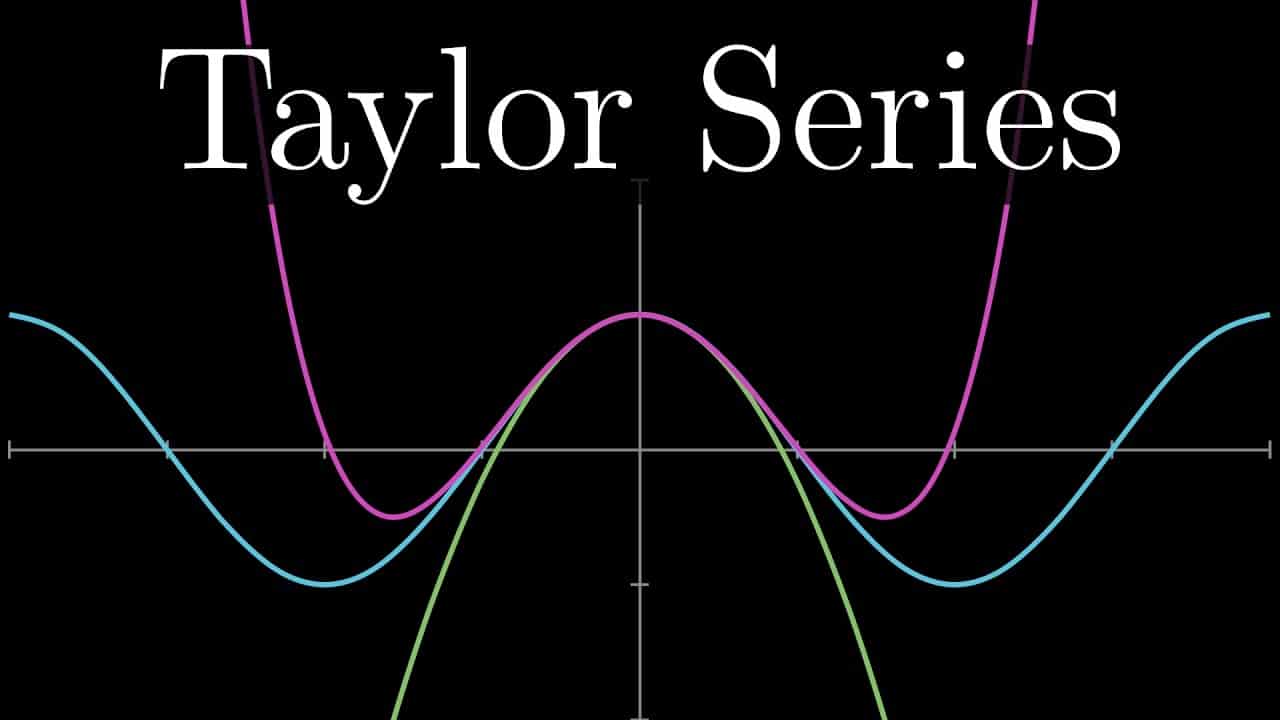Regularized Greedy Forest, also known as RGF, is an algorithm for machine learning in supervised learning. Utilizing a modified version of decision tree learning, Regularized Greedy Forest is a data-based algorithm that provides an accurate prediction of the target feature with good generalization performance.
The algorithm was originally proposed by Yoshua Bengio, John Lafferty, and Corinna Cortes in 2005. It is considered to be a generalization of the Random Forests technique, developed by Leo Breiman. Regularized Greedy Forest works by building a collection of decision trees, trained using the same input data. It also modifies two variables in the learning process of each tree.
The two modification variables are the regularization coefficient, alpha, and the learning rate, lambda. Alpha is used to modify the weights of the individual trees and to improve the generalization performance of the ensemble, while the learning rate, lambda, is used to evaluate the trade-off between accuracy and generalization performance.
Regularized Greedy Forest algorithms have been employed in multiple areas, such as bioinformatics and image processing. Compared to other existing ensemble methods, RGF exhibits an outstanding generalization performance while also reducing the risk of overfitting due to high-dimensional data.
Overall, Regularized Greedy Forest is a powerful algorithm for supervised machine learning that produces accurate predictions and with a good generalization performance.
References:
Yoshua Bengio, John Lafferty, Corinna Cortes (2005). “Regularized Greedy Forest.” IEEE Transactions on Neural Networks 16 (10): 1875-1889.
Leo Breiman (2001). “Random Forests.” Machine Learning 45 (1): 5-32.






